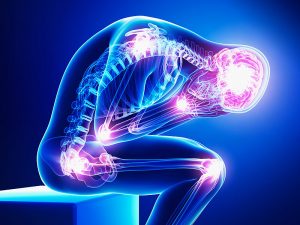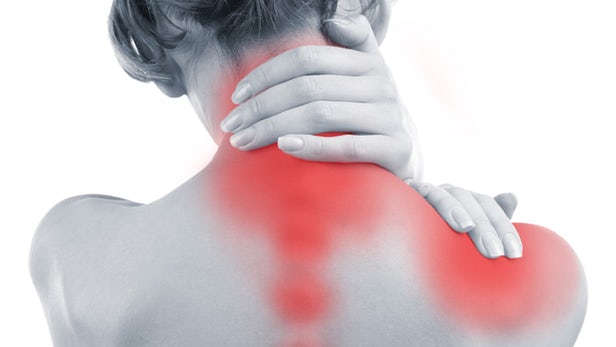Hey there everybody. A question that we here at CSSA often get asked is what is the difference between pain, meaning regular pain, chronic pain, acute pain, and how do you know you’ve crossed from regular pain, I guess we’re gonna call it like that, and chronic pain. Regular pain is such a weird way to say it, but it’s basically the kind of pain that will go away, either on its own or through treatment. We aren’t trying to belittle other peoples troubles. We each of us have our own battles to fight.
When does regular pain turn into chronic pain?
Again, we have to say that we aren’t trying to diminish the problems that other people have with pain. We’d love nothing more than for the pain that CSSA members experience just goes away one day, but it isn’t doing that sadly. That’s the main difference between chronic pain, and the kind of pain most people experience in their everyday lives. Recently during my research on what constitutes chronic pain I came across an article that had a great chronic pain breakdown.

So what the article said is that for regular pain (oh God, not that phrasing again) too turn into chronic pain is for the pain to be persistent for a minimum of 12 weeks, or 3 months in other words. I have to say that I really agree with that statement and many people that I talked to who are members here at CSSA are also in agreement. It might have been a couple of weeks more or a couple of weeks less but at around 12 weeks most of us with chronic pain have started coming to a realization that the pain won’t be that easy to get rid off.
At around 3 months in of experiencing pain, without much help from the doctors in determining what the source of the pain is, that’s when you can start calling it chronic pain. Many people don’t do it though, they still have hope. Even us who have been dealing with pain for years without much help from the doctors, we still have hope, but the pain is still here with us.

That’s basically how you know that you have been dealing with chronic pain. Now there’s also acute pain, which is an entirely different thing. Acute pain is a short lived, meaning that it lasts for a short amount of time, but a pain that’s bad, short but a level 10 out of 10 on the scale. Whereas chronic pain will be lower in intensity, but more persistent. That’s about it for this explanation of what chronic pain is. Now you should know a bit more chronic pain. We here at CSSA really hope that you didn’t find any kind of similarities with your own situation in the explanation of chronic pain about. Mainly because it would mean that you are suffering from chronic pain. If you sadly did find out that you might be suffering from chronic pain, contact us, one of our chapters, we are here for you.
